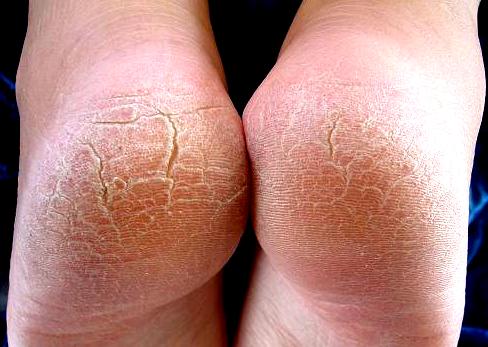
Cracked heels are common, with 20 percent of adults having experienced cracked heels at one time. It can happen in children also, though it seems to affect women more. In severe cases, dry cracked feet with cuts cause discomfort and pain when walking.
The best-cracked heels remedy is to prevent them. Look at your daily routine and identify any habits that leave the heels vulnerable to cracks and alter them to prevent cracked heels.
Some factors that pose a risk to the development of cracked heels include
- Lack of moisture
This causes most cracked heels because the skin under the feet is rough, chapped, and dry. It has a small number of sweat glands and hence less skin elasticity. Exposing your feet to water for long strips off the natural oils from the skin, leaving it dry.
Apply thick moisturizers to soften and moisturize the heels. Find moisturizers with the following ingredients urea, salicylic acid, saccharide isomerate, and alpha-hydroxy acids. These also are the best cream for cracked heels and help in treating cracked heels.
- Deficiencies
Inadequate intake of zinc, vitamins, and minerals affects the health of your heels and they may crack. Increase the intake of these in your diet for a supple heel skin.
- Applied Pressure
If you spend a long time standing during the day, the excess stress is applied to the skin of the heel may cause a crack. The pressure put and the lack of a flexible heel skin leads to cracked heels. Being overweight also increases the pressure on the fat pad under the heel as it expands sideways. The wearing of exposing footwear, such as open back sandals and shoes, forces the fat under the heel to expand sideways and increase the possibility of cracked heels.
Regular foot care through soaking and moisturizing is crucial, especially where pressure is applied. Keep your feet for up to 20 minutes in lukewarm soapy water. Then use a foot scrubber or pumice stone to get rid of thick hard skin. Wipe your feet off and apply a thick moisturizer. Apply petroleum jelly to lock in moisture and put on socks. One can also use moisturizing heel sleeves that contain vitamins and therapeutic oils to treat the dry skin.
- Disorders
Some skin conditions leave the heel susceptible to cracking. These conditions include athletes’ foot, eczema, psoriasis, diabetes, thyroid disease, among other skin conditions. Aging skin also loses its elasticity with age and chances of dry cracked heels are high. In case you experience cracked heels due to medical conditions or aging you need to cracked heels treatment from a podiatrist before applying any foot crack cream. Also, if you experience severely cracked heels, seek evaluation by a foot doctor regardless of your medical history.
However, the best form of treatment for a cracked heel is to prevent cracks from occurring in the first place. Feel free to contact our office to make an appointment with our podiatrist if you have been unsuccessful in getting rid of your cracked heels. Our foot and ankle specialist, Dr. Ejodamen Shobowale can provide you with the care needed to get you up and running in no time.